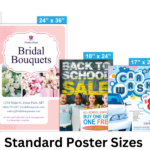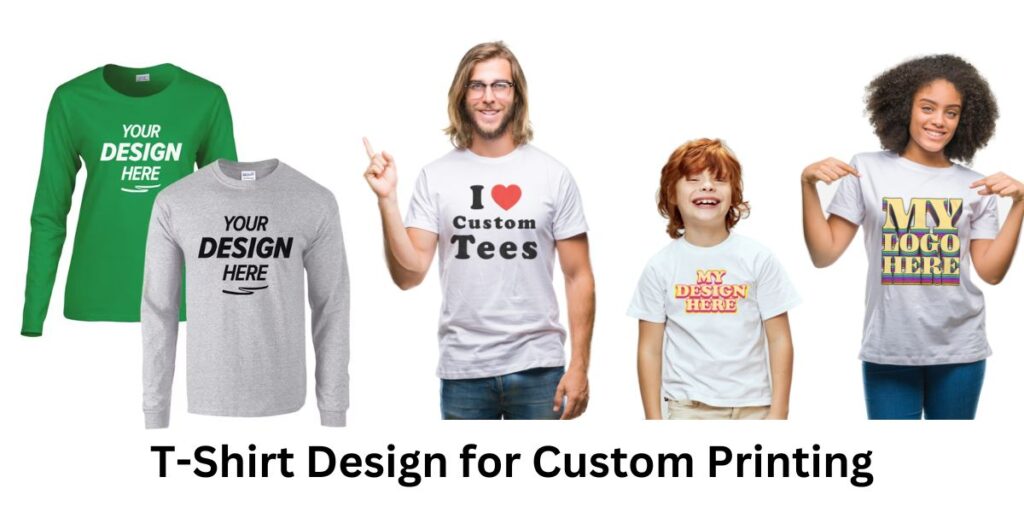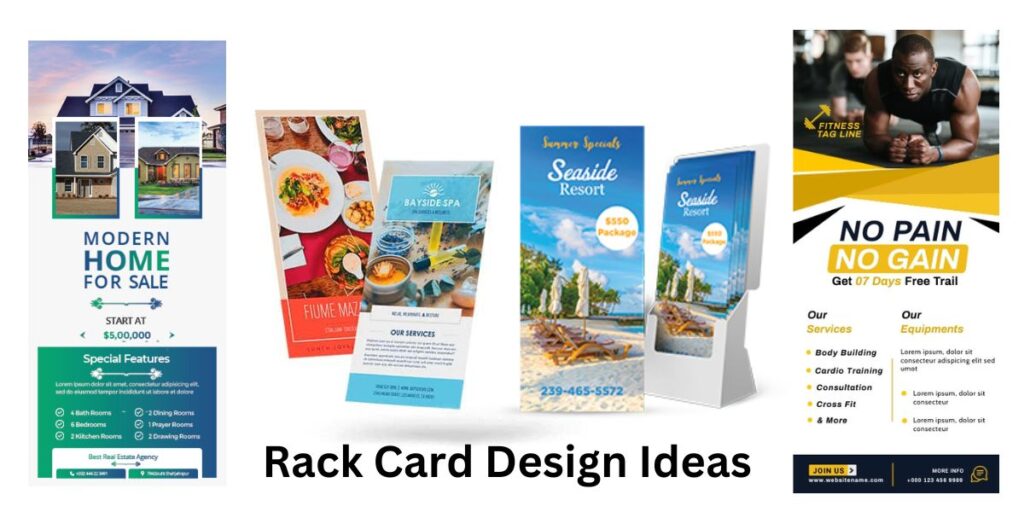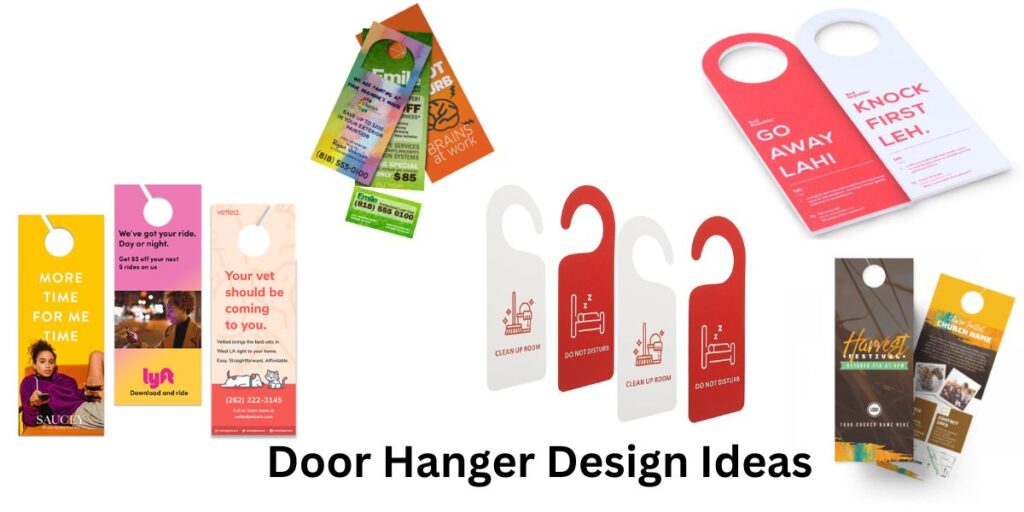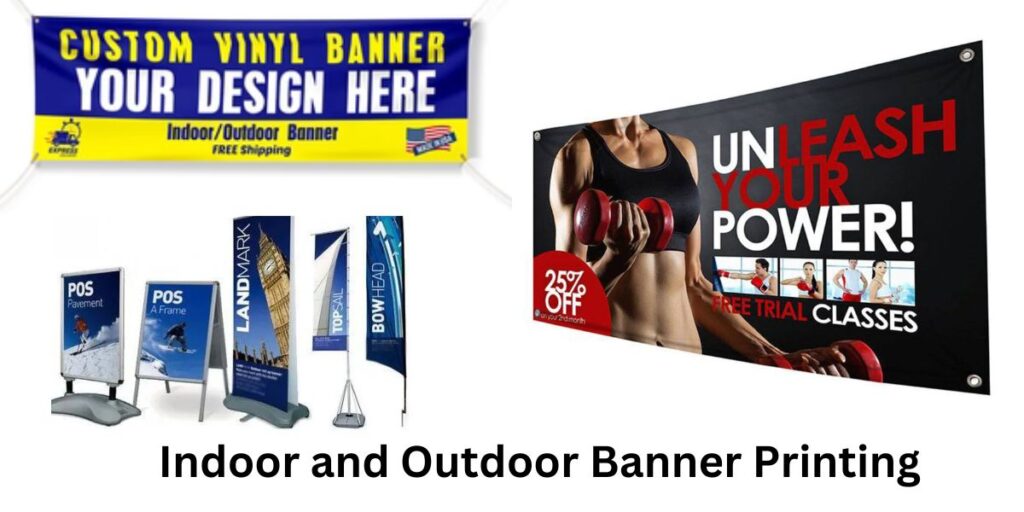Master the Mini-Mingle: A Guide to 10 Standard Business Card Sizes with Detailed Explanations
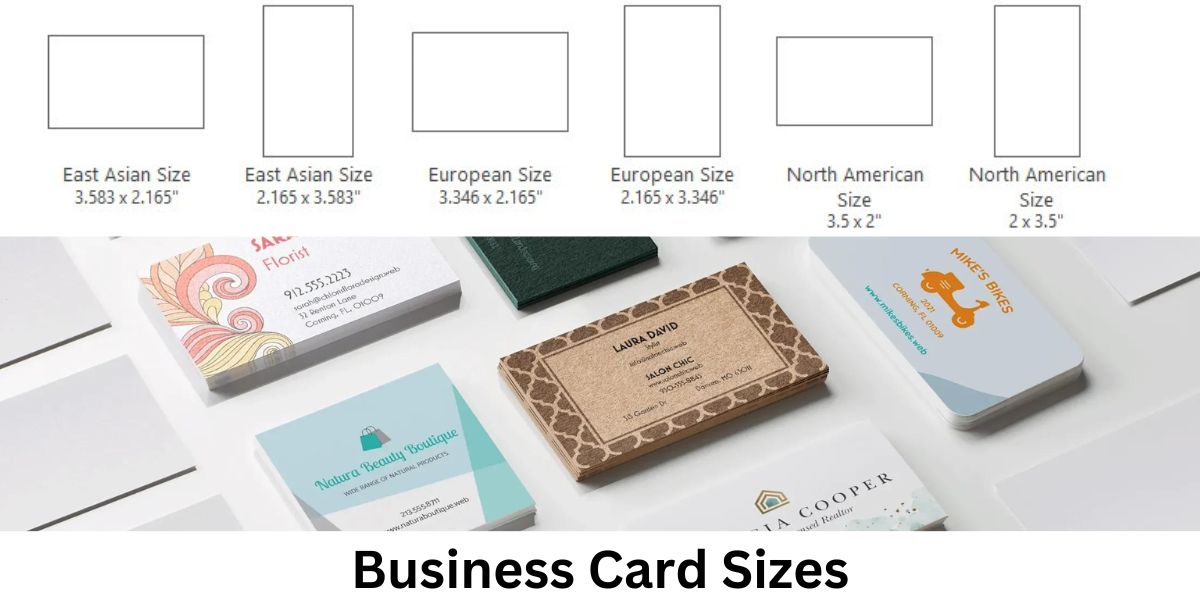
In the fast-paced world of professional connections, business cards remain a valuable tool. These pocket-sized ambassadors introduce you, showcase your brand, and leave a lasting impression. But before you unleash your design creativity, choosing the right size for your business card is crucial. This guide delves into the world of 10 standard business card sizes, providing a detailed explanation of each to help you find the perfect fit for your professional identity.
Why Size Matters in Business Cards:
Imagine handing out a business card the size of a napkin – easily lost and forgotten. Or picture a card so large it barely fits in a wallet – bulky and impractical. Choosing the right size ensures your card is portable, convenient, and professional. It should be easy to carry for both you and the recipient, and it should offer enough space to present your information clearly and effectively.
10 Standard Business Card Sizes and Their Uses:
-
Standard US/Canada (3.5″ x 2″): This is the most popular size globally, providing a perfect balance between space for essential information (name, title, company, contact details) and easy storage. It fits comfortably in most wallets and cardholders, making it a versatile and widely recognized choice.
-
Standard Europe (3.35″ x 2.17″): This size is slightly smaller than the US/Canada standard, commonly used in European countries. It still offers enough space for essential information but might feel a touch more compact.
-
Square (2.5″ x 2.5″): This modern and unique size stands out from the crowd, particularly appealing to creative professionals or those seeking a bold first impression. It offers a distinct aesthetic but might have slightly less space for details compared to the standard sizes.
-
Mini (3.125″ x 1.75″): This compact size is ideal for situations where space is limited, like conferences or trade shows. It easily fits in small pockets or cardholders, making it practical for quick exchanges. However, the reduced size might limit the amount of information you can include.
-
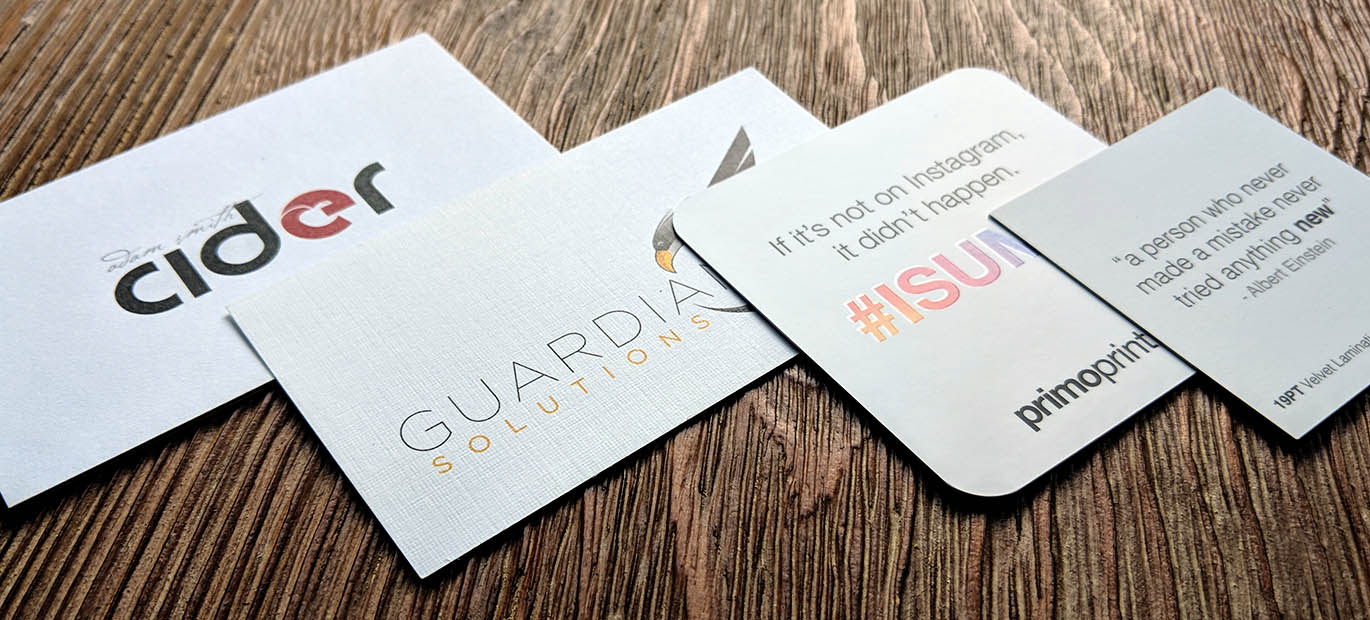
Mini Business Card Sizes Slim (3.5″ x 1.5″): This sleek and elegant size is ideal for professionals who prefer a minimalist design or want their card to stand out with its narrow profile. It offers a sophisticated look but might not be suitable for displaying a lot of information.
-
Double Wide (3.5″ x 4″): This larger size provides more space for showcasing information, visuals, or a unique design. Often used by graphic designers, photographers, or individuals with extensive contact details, it allows for creative expression but might be less portable and require careful consideration for storage.
-
Vertical (2″ x 3.5″): This unique orientation can be a conversation starter, ideal for creative fields or individuals who want to break away from the traditional format. It offers a distinct presentation but might require adjusting your design layout to fit the vertical space effectively.
-
Rounded Corner (Standard size with rounded corners): This subtle modification adds a touch of sophistication and can be a nice way to differentiate your card from the standard sharp corners. It maintains the practicality of the standard size while offering a slightly more refined aesthetic.
-
Die-Cut (Custom shape): For the truly unique, die-cut business cards offer endless possibilities. You can create cards in various shapes, like your logo or product outline, for a highly memorable impression. However, keep in mind that die-cutting can be more expensive to print and might not always be practical for storing or carrying.
-
Folded (Multiple panels): This option allows for more information than traditional cards, ideal for showcasing detailed portfolios or complex contact details. However, the folded format can be thicker and less convenient to carry compared to flat cards. It requires careful design to ensure the information unfolds smoothly and is easy to read.
Choosing the Perfect Size for Business Card Sizes :
Now that you’ve explored these 10 standard business card sizes with detailed explanations, here are some tips for choosing the right one:
- Consider your industry: Some professions, like graphic design, might favor unique shapes or larger sizes, while others, like finance, might prefer a more traditional and compact approach.
- Think about information: How much information do you need to include for business card sizes? If you have a lot of details, a larger size like the double wide might be suitable. If you prefer a minimalist approach, a slim or mini card could work well.
- **Match your brand
